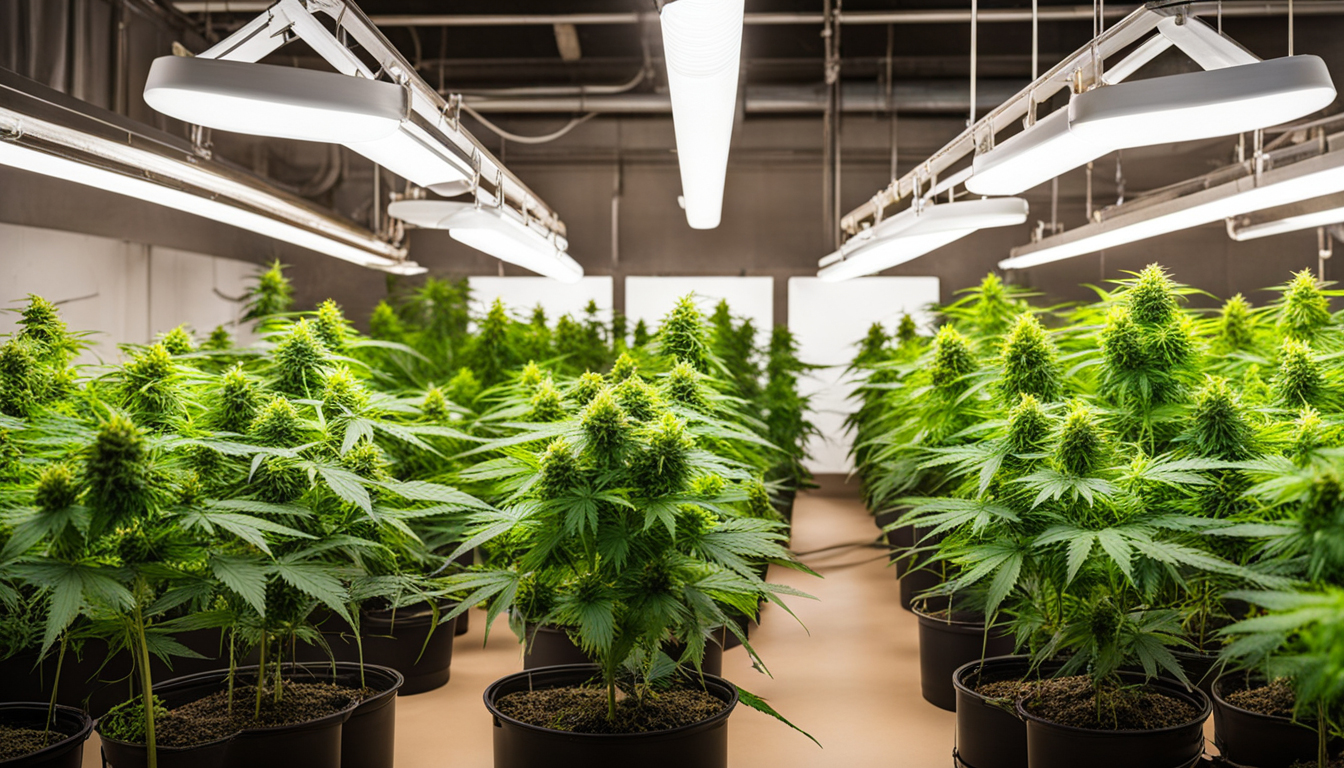
Whether you're new to marijuana cultivation or looking to improve your existing crop, following this complete guide will help you produce big, high-quality yields right at home. With the right supplies, techniques, and attention, cultivating cannabis indoors can be an extremely satisfying and cost-effective endeavor.
Choosing Weed Varieties
The first step in planning your indoor harvest is picking the right weed varieties to produce. The three main types of pot plants each have their own traits.
Energizing strains
Known for their uplifting cerebral effects, sativas spread tall and slender with narrow leaves. They flourish in warmer tropical climates and have a longer blooming time between 10-12 weeks indoors. Top sativa varieties include Sour Diesel, Durban Poison, and Jack Herer.
Indicas
These strains provide relaxing full-body effects and spread short and bushy with wide leaves. Accustomed to colder mountain climates, they bloom faster within 2-2.25 months. Popular indica strains include Northern Lights, Bubba Kush, and Bubba Kush.
Mixed strains
Mixed strains blend traits from both sativas and relaxing strains. They offer blended effects and have medium flowering times around 9-10 weeks. Well-known mixes are OG Kush, Girl Scout Cookies, and Blue Dream.
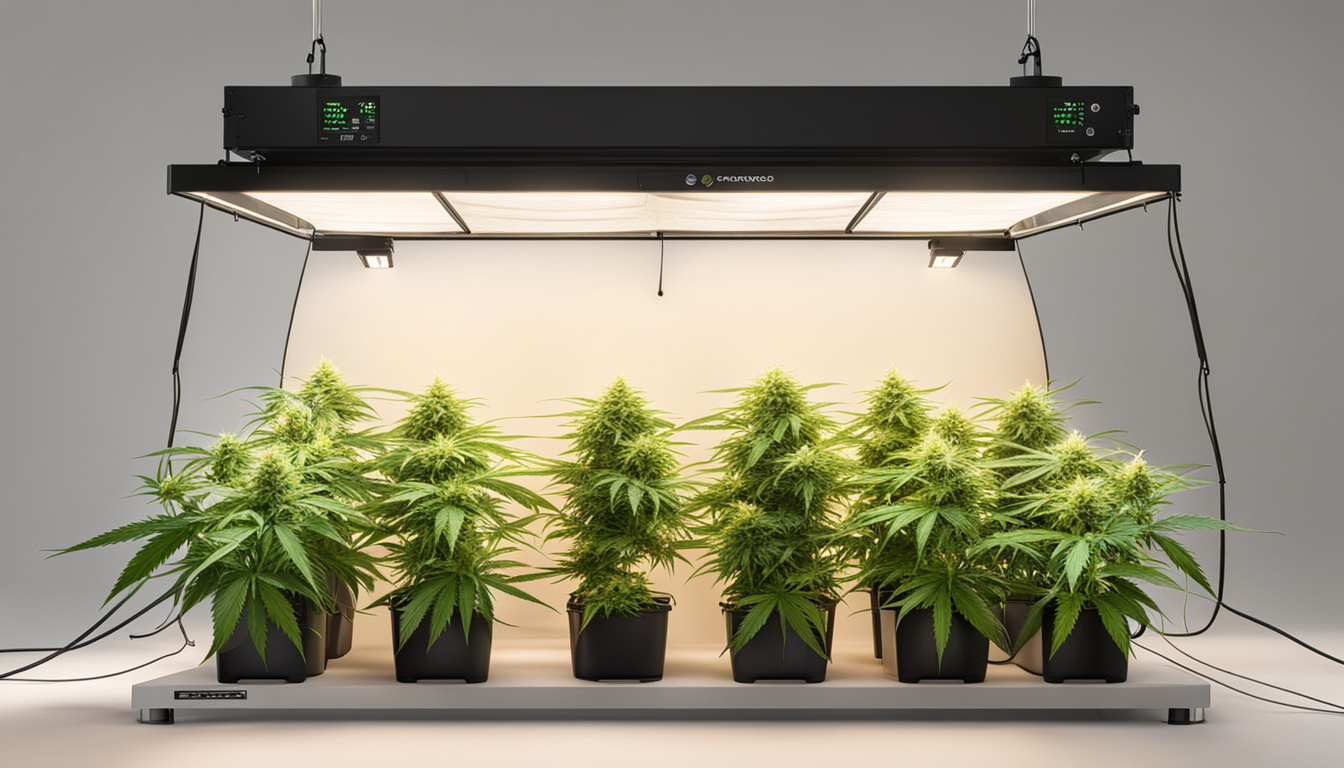
Setting Up Your Cultivation Space
Pot plants need the right controlled environment to succeed. Key factors for indoor cultivations are lights, airflow, layout, and finding the ideal discreet area.
Location
Choose an available space with direct access to irrigation and power outlets. An empty spare room, large closet, corner of the basement, or cultivation tent securely placed in a garage all make great stealthy cultivation room spots.
Lights
Marijuana requires strong light for all growth stages. LEDs are efficient and come in broad spectrum options simulating real outdoor light. Provide 250-400 watts per square foot for the vegetative stage and 20-40 watts per sq. ft. for bloom.
Airflow
Proper ventilation and exhaust systems maintain ideal temperature, humidity, and fresh CO2 levels. Install quiet 10-15 cm blowers or scrubbers to refresh stale air and eliminate smells.
Layout
Optimize your space by positioning plants strategically under the lights and leaving room to access and work around them. Set up distinct zones for growth, bloom, curing, and propagation.
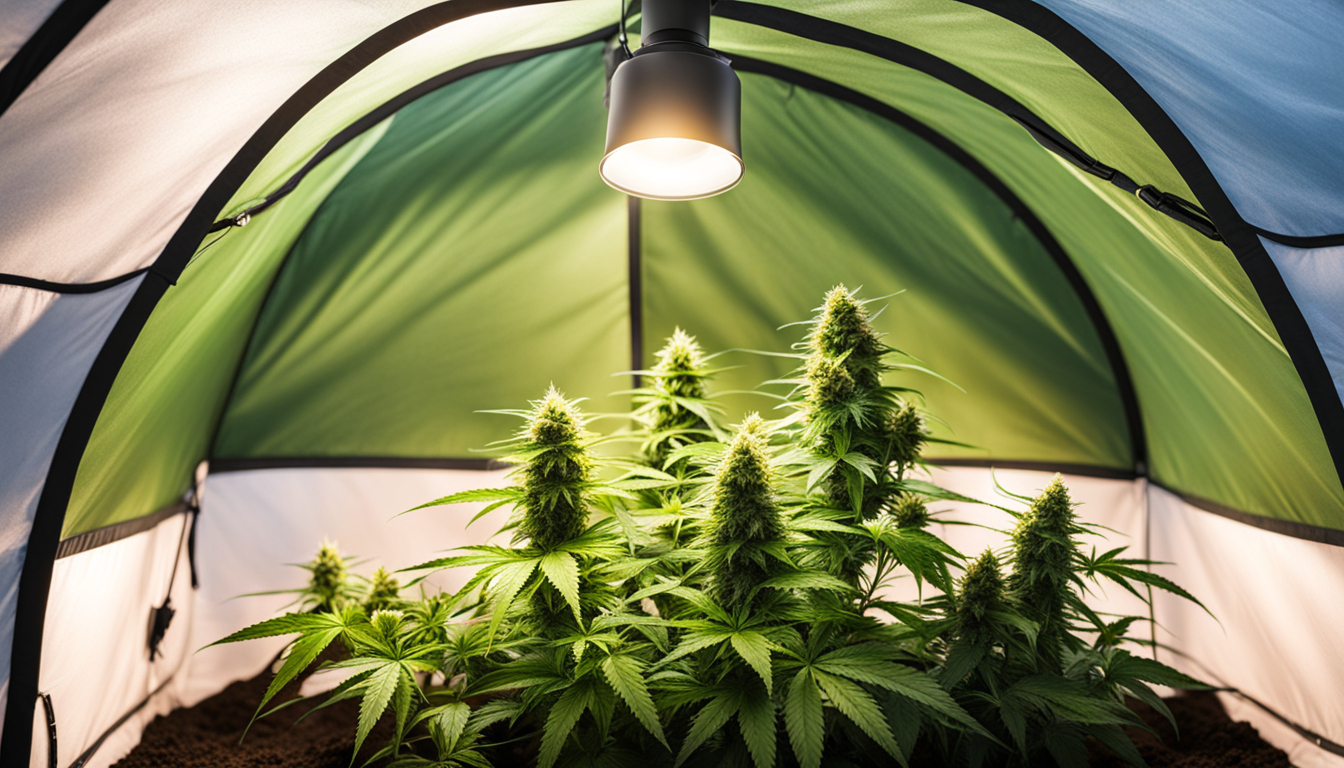
Cultivation Mediums
Pot can be grown in various substrates, each with pros and cons. Pick a appropriate option for your specific setup and cultivation style.
Soil
The classic medium, soil is inexpensive and easy for new growers. It provides excellent flavor but requires more irrigation and fertilizing to feed plants. Amend soil with vermiculite or coco to improve drainage.
Coco Coir
Made from coir, reusable coconut fiber retains water but still lets in air to the roots. It's cleaner and more predictable than soil. Use coco-specific fertilizers to avoid calcium buildup.
Water systems
In hydro systems, plant roots develop directly in fertilizer water solution. This enables quick growth but needs careful observation of water properties. Deep water culture and irrigation systems are common methods.
Germinating Seeds
Germination prepares your weed seeds to start sprouting radicles. This prepares them for transplanting into their cultivation medium.
Paper Towel Method
Put seeds between damp paper towels and maintain them moist. Check after a week for emerging taproots showing germination is complete.
Direct Planting
Plant seeds right into pre-moistened growing medium 6mm deep. Gently water and wait 7-14 days until seedlings push through the surface.
Cubic rockwool
Presoak cubic rockwool starters in balanced water. Insert seeds Request More Info 1⁄4 inch deep into the cubes. Keep cubes wet until seedlings appear within a week to 2 weeks.
Transplanting Young plants
Once sprouted, marijuana young plants need to be transplanted to avoid crowding. Move them into appropriately sized pots.
Ready Containers
Fill final containers with cultivation medium amended with time-released fertilizer. Allow pots to soak up water for 8-12 hours before transplanting.
Gently repotting
Carefully separate seedling roots from sprouting medium using a spoon. Place into pre-soaked container at equal depth as before and lightly water in.
Vegetative Stage
The growth stage promotes leafy growth and plant form through 18-24 hours of daily lighting intensity. This stage usually lasts 4-8 weeks.
Using 18-24 Hours of Light
Use lamps on a 24 daily cycle or natural sunlight to initiate constant photosynthesis. Lamp output influences size and internodal spacing.
Nutrients
Use grow stage fertilizers richer in nitrogen. Make sure pH stays around 5.8-6.3 for full fertilizer uptake. Feed 1⁄4 to 1⁄2 strength after 2 weeks and increase slowly.
LST and topping
Fimming, low stress training, and scrogging manipulate growth patterns for even canopies. This boosts yields.
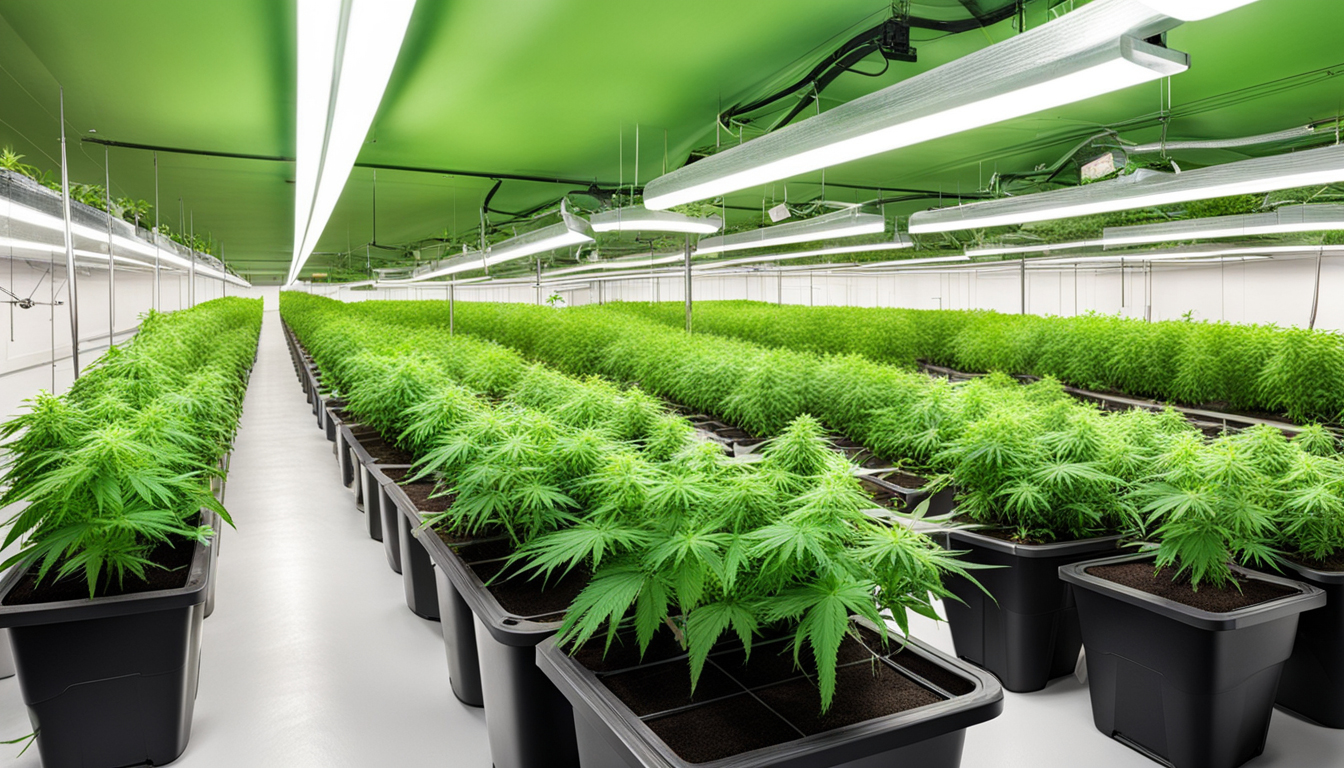
Flowering Stage
The flowering stage develops buds as plants show their sex under a 12/12 cycle timing. It lasts 2-3 months based on strain.
Changing Light Schedule
Change lamps to 12 hours on, 12 hours off or move outdoors for natural 12/12 timing. This signals plants to start blooming.
Flushing
Flushing removes nutrient salts to improve taste. Fertilize weakly the first period then just use pH'd water the last 2 weeks.
Flushing
Maintain 12 hour photoperiod but leach using neutral pH water only. Resume plain watering if buds aren't yet mature after two weeks.
Harvesting
Knowing when cannabis is fully ripe delivers peak potency and aroma. Cut down Discover More plants at peak ripeness.
Signs of readiness
Check fading pistils, swelling calyxes, and 5-15% amber trichomes. Check buds across the plant as they won't all mature evenly.
Harvesting plants
Use sterilized, razor-sharp pruning shears to carefully slice each plant at the base. Keep several inches of stem attached.
Curing
Suspend intact plants or branches upside down in a lightless room with moderate temperature and humidity around 45-65% for 1-2 weeks.
Curing
Curing keeps drying while aging the buds like aged spirits. This technique smooths bitterness and intensifies terpene and terpene profiles.
Jars and Humidity
Manicure dried buds from branches and store into glass jars, packing about 75% capacity. Use a sensor to measure jar moisture.
Opening jars daily
Open containers for a few hours daily to gradually lower moisture. Remoisten buds if RH goes under 55%.
Final Cure
After 14-21 days when humidity levels off around 55-65%, perform a last trim and keep long-term in airtight jars.
Troubleshooting
Even experienced grow cannabis fuide cultivators run into various cannabis plant problems. Detect problems early and fix them properly to keep a healthy garden.
Poor feeding
Yellowing leaves often signify insufficient nitrogen. Purpling stems and leaves signal phosphorus deficiency. Test pH and increase fertilizers gradually.
Bugs
Spider mites, fungus gnats, mites, and root aphids are common marijuana pests. Use neem oil sprays, predator bugs, and sticky traps for organic control.
Mold
Excessive humidity promotes botrytis and bud rot. Increase airflow and venting while reducing humidity under 50% during bloom.
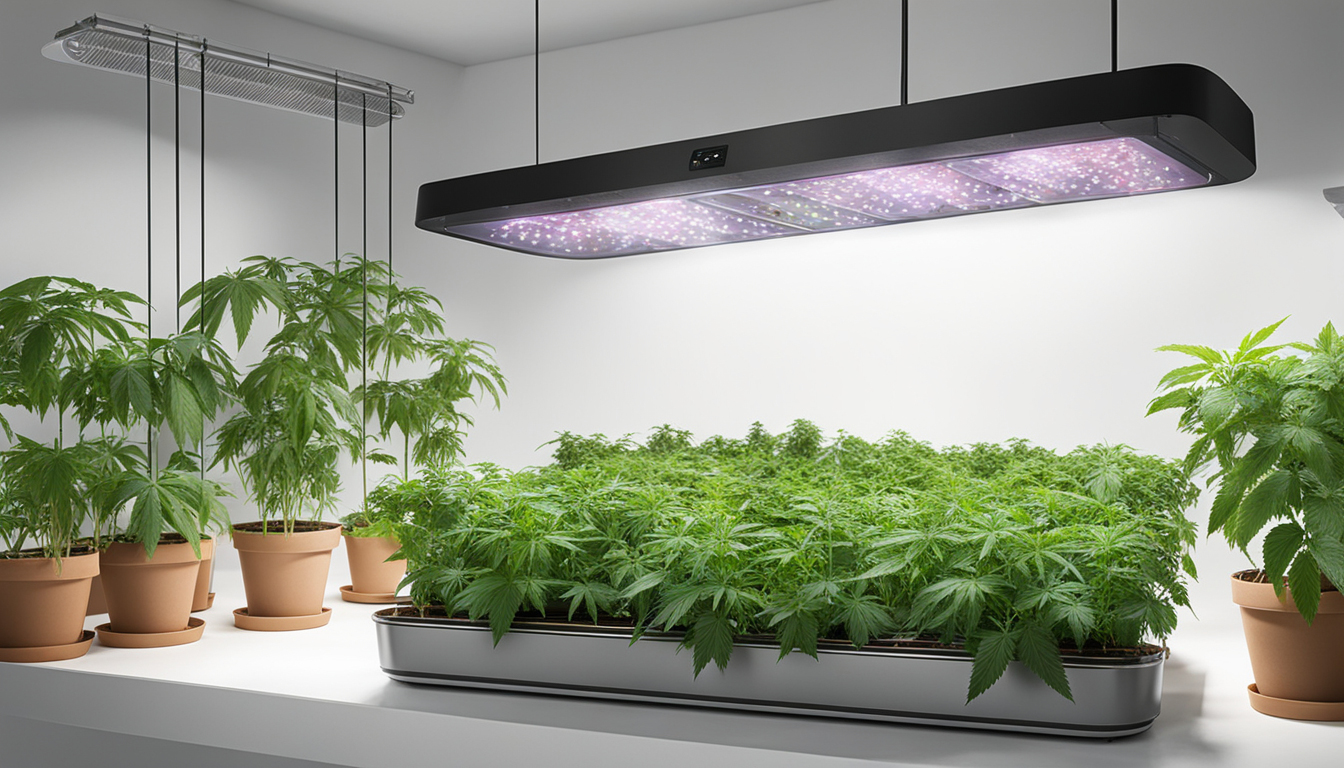
Conclusion
With this complete indoor pot cultivation guide, you now have the info to cultivate plentiful strong buds for private harvests. Follow these techniques and techniques throughout the germination, vegetative, and flowering stages. Invest in good gear and carefully monitor your plants. In time, you'll be compensated with sticky fragrant buds you grew yourself under the loving care of your green hands. Happy growing